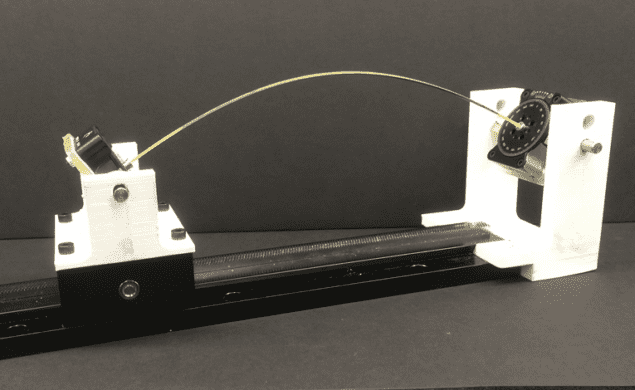
It seemed impossible, but two mathematicians in the US have come up with a way of snapping a strand of dried spaghetti into exactly two pieces.
Their research is the latest breakthrough in a story that began decades ago when physicists – including Nobel laureate Richard Feynman – tried to answer the deceptively simple question: why do strands of dried spaghetti almost always snap into three or more pieces when bent?
This culinary mystery was finally resolved in 2005 by Basile Audoly and Sébastian Neukirch at the Laboratoire de Modélisation en Mécanique at the University of Paris 6. The duo showed flexural (or bending) waves travel along the length of the spaghetti just after it initially breaks in just one place. These waves increase the local curvature of the strand and trigger an “avalanche” of new breakages, which in turn initiate more waves, so causing the spaghetti to fragment.
Twist and snap
Now, mathematicians at the Massachusetts Institute of Technology have come up with a way of supressing this effect – making it possible to snap spaghetti into just two pieces. Rather unconventionally for mathematicians, Ronald Heisser and Vishal Patil began their research in the lab. They showed that if a spaghetti strand is twisted with a large torsional force and then slowly bent, it will break into two pieces.
To try to understand what is going on, Patil developed a mathematical model of the twist-and-bend process. This suggests that when the twisted strand undergoes its initial break, torsional waves are unleashed and travel rapidly along the length of the two fragments. These waves travel faster than the bending waves, and this dissipates the energy that would have gone towards creating further breaks in the spaghetti.
Beyond pasta physics, the research could lead to new ways of using twist to prevent fractures in a wide range of rod-like materials including multifibre structures and nanotubes. It could even help scientists gain a better understanding of natural structures such as microtubules in living cells.



